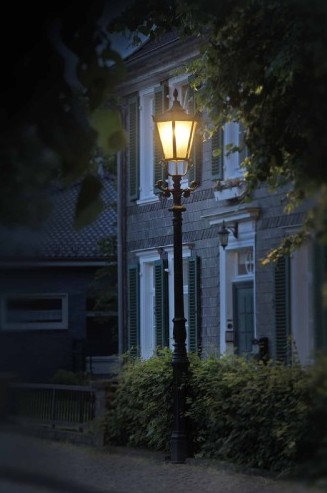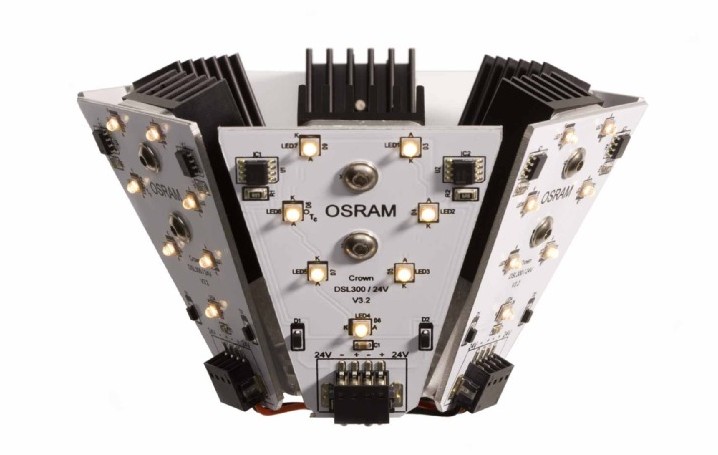To cater for global hikes in energy prices and tight public budgets, as well as the European Union's Eco-Design guideline will in the future make sure that several lamp types are no longer available, LED is an important method of leverage in reducing such costs. And recently, Osram has designed the Decorative Street Lighting (DSL) LED refurbishing module for historic street luminaires.
Compared to previously operated mercury vapour discharge lamps, the DSL cuts energy consumption by at least 60 per cent, and upgrade costs less than half of a new LED installation. In total, street and park lighting are responsible for around 40% of overall energy costs for many municipal authorities.
The energetic refurbishment of street lighting is currently a hot topic for local authorities, and according to a recently published survey, street and park lighting consists of approximately 40% of total electricity costs for many municipalities.


It's here that the DSL provides support: the council sends a luminaire to Osram. The lighting experts adapt a construction kit consisting of an LED module and mounting plate specifically to the luminaire, and an employee from the town's works department is then able to install this on-site, simply and almost without use of tools.
The benefits of upgrading are obvious:
With use of Oslon SSL, the latest generation of Osram LEDs, the DSL consumes at least 60% less energy than traditional lamps and is also more than twice as durable.
The level of colour rendering even satisfies the demands of office lighting, and the times of dimly-lit, pale roads are a thing of the past.
DSL also enables more targeted control of light compared to classic lighting. If, for example along a certain road section, the rear-illuminating third of the LEDs is done without, not only energy is saved but disturbing "light spill" behind the luminaires into the living rooms of residents need no longer be put up with. The integration of modern control units with intelligent light management ensures further energy savings. "AstroDIM" for example enables luminaires to be dimmed completely self-sufficiently without use of a corresponding control line. In this way, between midnight and the early morning hours, lighting can be adapted to lower volumes of traffic to achieve supplementary energy savings.













